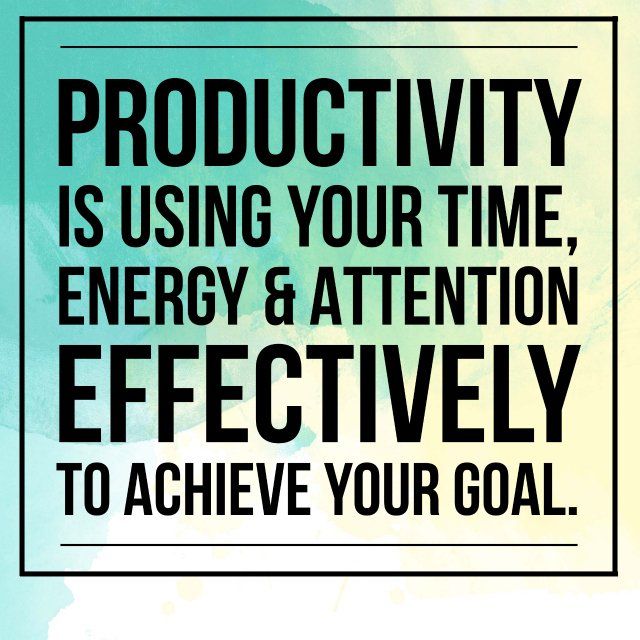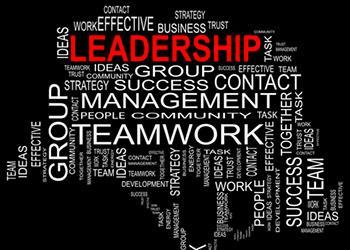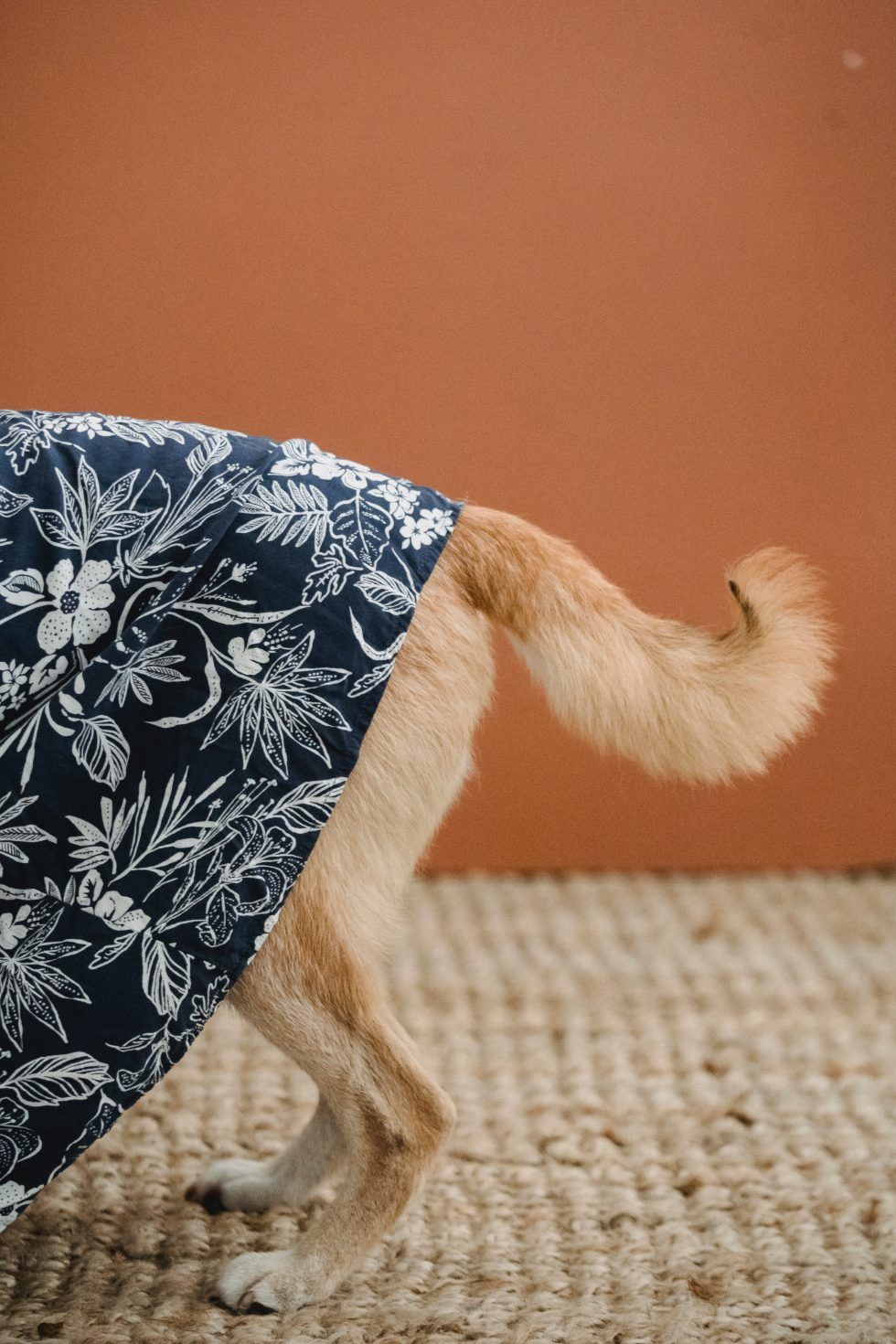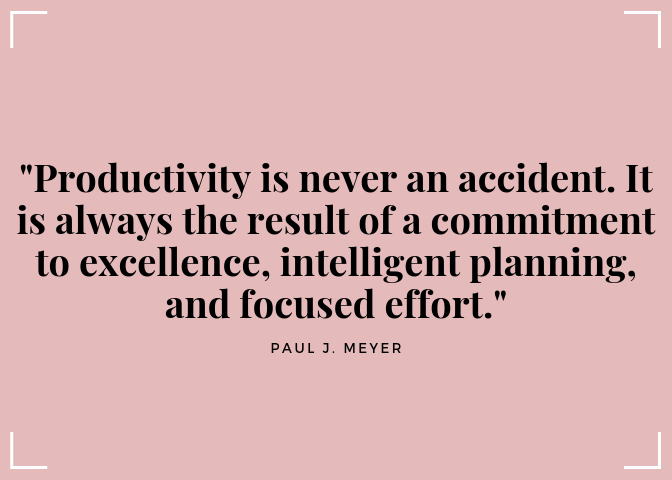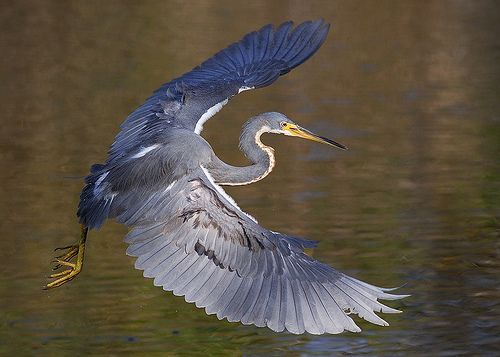How to win a $700,000+ Grant – Part 1
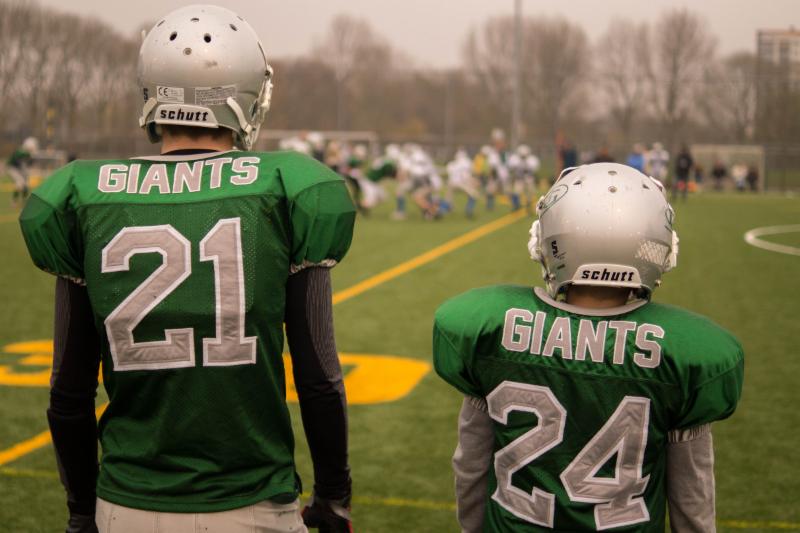
Our grant writing team recently experienced the thrill of a big win (think over $700,000) with one of our nonprofit clients.
In this 3-part series, “How to Win a $700,000+ Grant,” I’ll share some critical information to help your nonprofit develop solid relationships with funders, build a stellar grant team and, ultimately, win more grants.
Reflecting on the key elements of this recent win, we found virtually every important component related to dynamic teamwork. Our client, though inexperienced in grant writing, brought passion, extensive program knowledge and diverse personality types and skill sets to the project.
Our team brought extensive grant writing knowledge, an “outsider perspective” and our own personal strengths to the process.
This win really was a result of teamwork that made the dream work.
One-size does not fit all.
I once heard a colleague state that if you know one foundation, you know one foundation. It has stuck with me as a simple, profound truth in grant seeking. Funders are as different as the people who oversee them. While they are similar in legal structure and intent for philanthropic purposes, they vary in a myriad of ways including funding interests, how they want to be approached, and application processes. Some funders are almost impossible to contact, while others invite you to call them prior to application. It is critical to grant success for nonprofits to do in-depth research and practice due diligence prior to approaching a funder.
Research. Relationship. Preparation. Focus.
The keys to our team approach in this win you can adopt as you pursue grants are as follows.
- Our team did our research and found a strong funder match. Our clients then realized they had a personal connection with the funder and took advantage of that for initial connection. They chose a team member with strong oral communication skills who was passionate about the cause and had in-depth knowledge of the organization and its programs to initiate the first call.
- The team submitted an LOI (Letter of Introduction). We so appreciate funders who request LOIs as the first step. It is very considerate of the time and money nonprofits often spend to prepare full proposals to no avail. The LOI allowed our client to introduce their request to the funder and then be invited to submit a full proposal.
- The team continued to interact with the funder throughout the preparation process for feedback. If a funder allows you to interact, ask questions and send proposals for review during the process, ALWAYS take advantage of this. This allows you to not only write a stronger proposal, but to be sure you are helping the funder meet their philanthropic goals.
- It is never enough to simply find a funding area of interest between a nonprofit and a funder. You must also work diligently to focus on a project of interest. Our team discovered during conversations with this funder that their current focus was on advocacy. We then were certain to focus the request with that in mind. It is entirely possible this grant would not have been funded with a different focus.
What about You?
You might be thinking – “this is all great, but our staff, volunteers and board members are not engaging to help us make connections with funders,” or perhaps you don’t even have the time to research potential funders well let alone begin to talk with them about your program needs. My response is, just like a household is financially healthier with more than one funding stream, today’s informed nonprofit leaders know they need to diversify their funding streams to include grants.
Yes, there is some risk in grant seeking in terms of ROI, but you are guaranteed not to win grants for which you don’t apply. And if your board and appropriate staff are not involved in helping you find funding sources, then you may seriously need to look at replacing them or finding a way to expand your team for grant seeking purposes. With money on the table, you should be working to land some of that money in your nonprofit’s bank account. A strong grant writing team is a key to making that happen.
Next Time – Part 2
Next time, I’ll share more about this 700k plus win and how it relates to the Johari Window of psychology and how to think like a grand funder in terms of social return on investment.
In the meantime, I’d love to hear from you. What have you experienced in your interactions with funders prior to and during the applications process?


